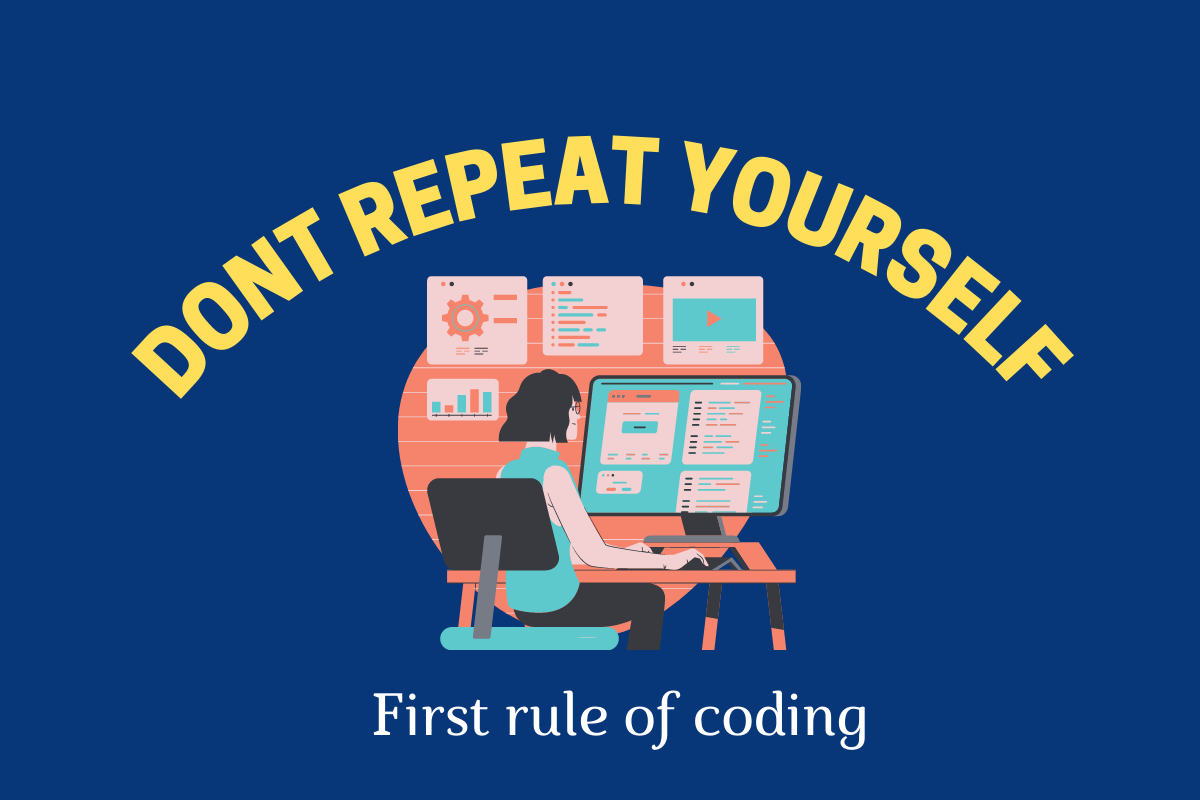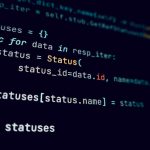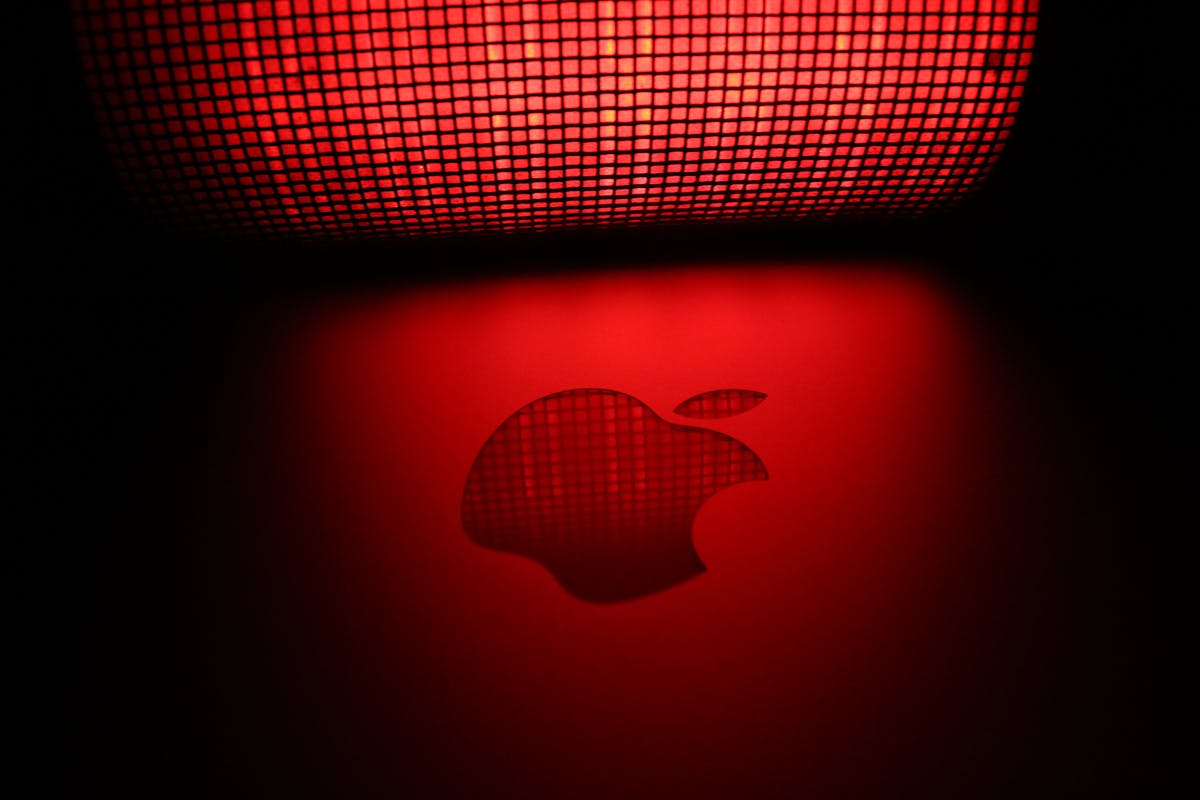Don’t Repeat Yourself: A Simple Principle That Transformed My Code
There’s a moment in every developer’s journey that sticks. For me, it wasn’t learning a new framework or deploying my first app. It was a casual line of feedback from a mentor during a routine code review:
“You know you’ve written the same logic three times inside that loop, right?”
At first, I brushed it off. After all, the code worked. It passed QA, and everything looked good in production. But that one comment stuck in my head—and what followed was a shift in how I think about writing code.
Repetition in Disguise
I was working through a list of users, applying some logic based on roles, formatting output, and pushing data to the next step in the workflow. The loop looked fine to me. But when I stepped back, I realized the same decision-making process was written out again and again. Slightly different in each case, but conceptually the same.
I wasn’t writing bad code—but it wasn’t clean either. It was redundant. And that’s when my mentor introduced me to the DRY principle: Don’t Repeat Yourself.
What DRY Really Means
At face value, DRY sounds simple—just don’t duplicate code. But it’s deeper than that. It’s about making your logic modular, reusable, and easy to maintain. If you repeat a concept multiple times, you’re creating multiple points of failure. One change, and suddenly you have to track down every version of the logic you copied.
The beauty of DRY is that it simplifies not just your code, but also your thinking. When your logic lives in one clear place, your brain has fewer moving parts to manage. Reviews are smoother. Bugs are fewer. Team members understand your work faster.
The Power of Clean Loops
What made this moment resonate so deeply was that the repetition happened inside a loop. Loops are already compact and logical—they process lists, iterate over data, and execute a set of instructions. But they’re also a prime spot for hidden redundancy.
As soon as I restructured that logic and followed the DRY approach, something changed. The loop became clearer. My intent was more obvious. Suddenly, every line had a single purpose—and that’s when I really understood what clean code is supposed to feel like.
The Ripple Effect
That one lesson changed how I code, even now. Every time I find myself duplicating logic, even slightly, I pause. Could this be extracted? Could it live somewhere more central? Could someone else (or future me) benefit from me taking a cleaner path?
Now, my loops are simpler. My functions are more focused. My code reviews are faster. But most importantly, my mindset has shifted—from just writing working code to writing sustainable code.
Final Thoughts
We often think the biggest growth moments in tech come from major milestones—shipping a big feature, scaling a system, learning a hot new stack. But for me, the real game-changer came from learning something simple but powerful: Don’t Repeat Yourself.
So next time you find yourself writing the same logic more than once, especially inside a loop, pause. Think modular. Think DRY.
Because clean code isn’t just about fewer lines—it’s about building something that everyone can understand from








